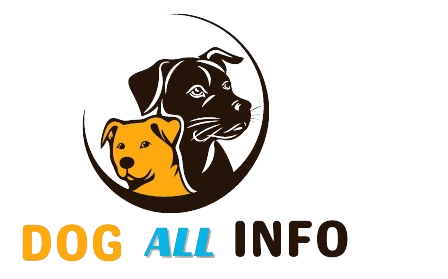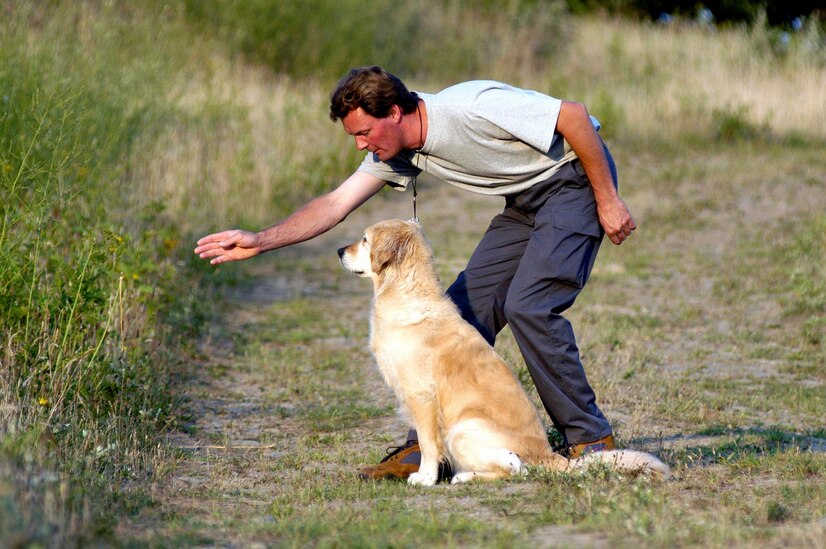To train a Great Pyrenees dog, use positive reinforcement and start socialization early. Consistency and patience are key.
Great Pyrenees dogs are known for their loyalty and protective nature. These large, gentle giants require proper training to ensure they become well-mannered pets. Start training as soon as you bring your Great Pyrenees home. Focus on socializing them with people and other animals.
Use positive reinforcement techniques like treats and praise to encourage good behavior. Always remain consistent with commands and routines. Patience is essential, as these dogs can be stubborn. Early and consistent training will help your Great Pyrenees develop into a well-behaved and loving companion.
Choosing The Right Puppy
Selecting the right puppy involves understanding how to train a Great Pyrenees dog. Patience and consistency are key for this intelligent and independent breed.
Assessing Breeders
Good breeders are important. They provide healthy puppies. Ask for health certificates. Visit the breeder’s home. See how they care for the dogs. Talk to previous buyers. Check reviews online. Healthy puppies come from good breeders.
Selecting The Best Puppy
Observe the puppy’s behavior. Look for confidence and curiosity. Avoid shy or aggressive puppies. Check for clear eyes and a shiny coat. Healthy puppies have good energy. Play with the puppy. See how it interacts with you. Choose the one that fits your family.
Early Socialization
Early socialization plays a crucial role in training a Great Pyrenees dog. Exposing them to various environments, people, and animals helps build confidence and good behavior.
Meeting New People
Great Pyrenees dogs need to meet many people. This helps them become friendly. Invite friends and family to your home. Take your dog to parks where people gather. This helps them get used to different faces. Always reward your dog for calm behavior. Treats and praise work best.
Interacting With Other Animals
Great Pyrenees should meet other animals early. This includes other dogs, cats, and even small pets. Supervised playdates are a great idea. Puppy classes also offer controlled environments. Always use positive reinforcement. Reward them when they behave well with other animals.
Basic Commands
Teaching basic commands to a Great Pyrenees enhances their obedience and strengthens your bond. Start with simple commands like “sit,” “stay,” and “come” using positive reinforcement. Regular practice and patience are key to successful training.
Sit And Stay
Teaching the “sit” command is essential. Hold a treat close to your dog’s nose. Move your hand up, allowing his head to follow the treat. This motion will cause his bottom to lower. Once he is in the sitting position, say “sit” and give him the treat. Repeat this several times every day.
The “stay” command is equally important. Ask your dog to sit first. Open your palm in front of you and say “stay.” Take a few steps back. If he stays, reward him with a treat. Gradually increase the distance. Practice this command daily.
Come And Heel
The “come” command keeps your dog safe. Put a leash on your dog. Get down to his level and say “come” while gently pulling the leash. When he gets to you, reward him with a treat. Practice this in different environments.
The “heel” command helps during walks. Hold a treat in your left hand. Walk with your dog on your left side. Say “heel” and take a step. If he stays by your side, give him the treat. Repeat this until he masters it.
House Training
Crate training helps your Great Pyrenees feel safe. The crate is a cozy den for your dog. Always choose a crate that is big enough. Your dog should stand, turn, and lie comfortably.
Introduce the crate slowly. Let your dog explore it first. Place a soft blanket inside. Offer treats when your dog goes in. Praise your dog for using the crate.
Routines make dogs feel secure. Feed your Great Pyrenees at the same times each day. Take your dog outside after meals and naps. Use the same spot for potty breaks.
Praise your dog when they go potty outside. Use simple commands like “go potty”. Keep these sessions short but frequent. This helps your dog learn faster.
Leash Training
A sturdy leash is very important. Look for a leash that is 6 feet long. A leash that is too short or too long can be hard to use. Nylon leashes are strong and durable. Retractable leashes are not recommended. They can give you less control. Leather leashes can be comfortable to hold. Choose a leash with a strong clip. This keeps your dog safe.
Start in a quiet place with no distractions. Keep the leash loose but not too loose. Hold treats in your hand. Encourage your dog to walk beside you. Reward your dog with treats for good behavior. Stop walking if your dog pulls on the leash. Wait until the leash is loose again. Practice this every day for short periods. Be patient and consistent. Praise your dog often for staying by your side.
Behavioral Training
Great Pyrenees dogs bark a lot. They bark to alert their owners. Barking is their natural instinct. Train them to bark less. Positive reinforcement works well. Reward them for quiet behavior. Use treats and praise. Consistency is key. Always respond the same way. Never yell at them. It can make barking worse. Patience is important. Training takes time.
Great Pyrenees have strong guarding instincts. They protect their territory. Socialize them early. Introduce them to new people and pets. Positive social experiences help. Teach them to understand friend from foe. Obedience training is crucial. Commands like “sit” and “stay” are useful. Use positive reinforcement methods. Reward good behavior with treats. Supervision is necessary. Always watch them around strangers. Guarding instincts can be managed with care.
Advanced Training Techniques
Positive reinforcement helps dogs learn faster. Rewards can be treats, toys, or praise. Clicker training is a great tool. It makes a click sound when the dog does well. This sound tells the dog it did something right. Always follow the click with a reward.
Start with simple commands like “sit” or “stay”. Click and reward when the dog obeys. Be consistent with the clicks. The dog will soon connect the click with a good action. Training sessions should be short. Ten minutes is enough for each session. This keeps the dog interested and happy.
Health And Wellness
Great Pyrenees dogs need regular vet visits. Visits help keep your dog healthy. Vets check for common health problems. They also give necessary vaccinations. Regular check-ups can catch issues early. Early treatment can save your dog from pain. It also saves you money in the long run. Make sure to keep a record of all vet visits. This helps track your dog’s health over time.
Proper nutrition is key for a healthy Great Pyrenees. Feed them high-quality dog food. Look for food rich in proteins and vitamins. Avoid foods with too many fillers. Keep a regular feeding schedule. Do not overfeed as it can lead to obesity. Fresh water should always be available. Consult your vet for a diet plan. This ensures your dog gets all needed nutrients.
Exercise And Play
Training a Great Pyrenees involves consistent exercise and engaging play. Regular physical activities keep them fit and mentally stimulated.
Daily Exercise Needs
Great Pyrenees dogs need daily exercise to stay healthy. A long walk every day is a must. They also enjoy playing in a big yard. This helps them burn energy. Without exercise, they can become bored and unhappy. Keep them active for at least 30 minutes every day.
Engaging Toys And Games
Engaging toys keep Great Pyrenees happy. Chew toys are great for their teeth. Puzzle toys make them think. Fetch games keep them moving. Make sure toys are durable. These dogs are strong and can break weak toys. Change toys often to keep them interested and engaged.
Another Post: How to Keep a Dog from Scratching a Door
FAQ
How Often Should You Train A Great Pyrenees?
Training sessions should be daily but short. Consistency is key.
What Are The Best Training Techniques?
Positive reinforcement and patience work best. Use treats and praise.
How To Handle A Stubborn Great Pyrenees?
Stay calm and assertive. Use clear commands and rewards.
Conclusion
Training a Great Pyrenees dog requires patience and consistency. Establish a routine and use positive reinforcement. Socialize your dog early to ensure good behavior. Remember, every dog is unique and may require different techniques. With dedication and love, your Great Pyrenees will become a well-behaved companion.

